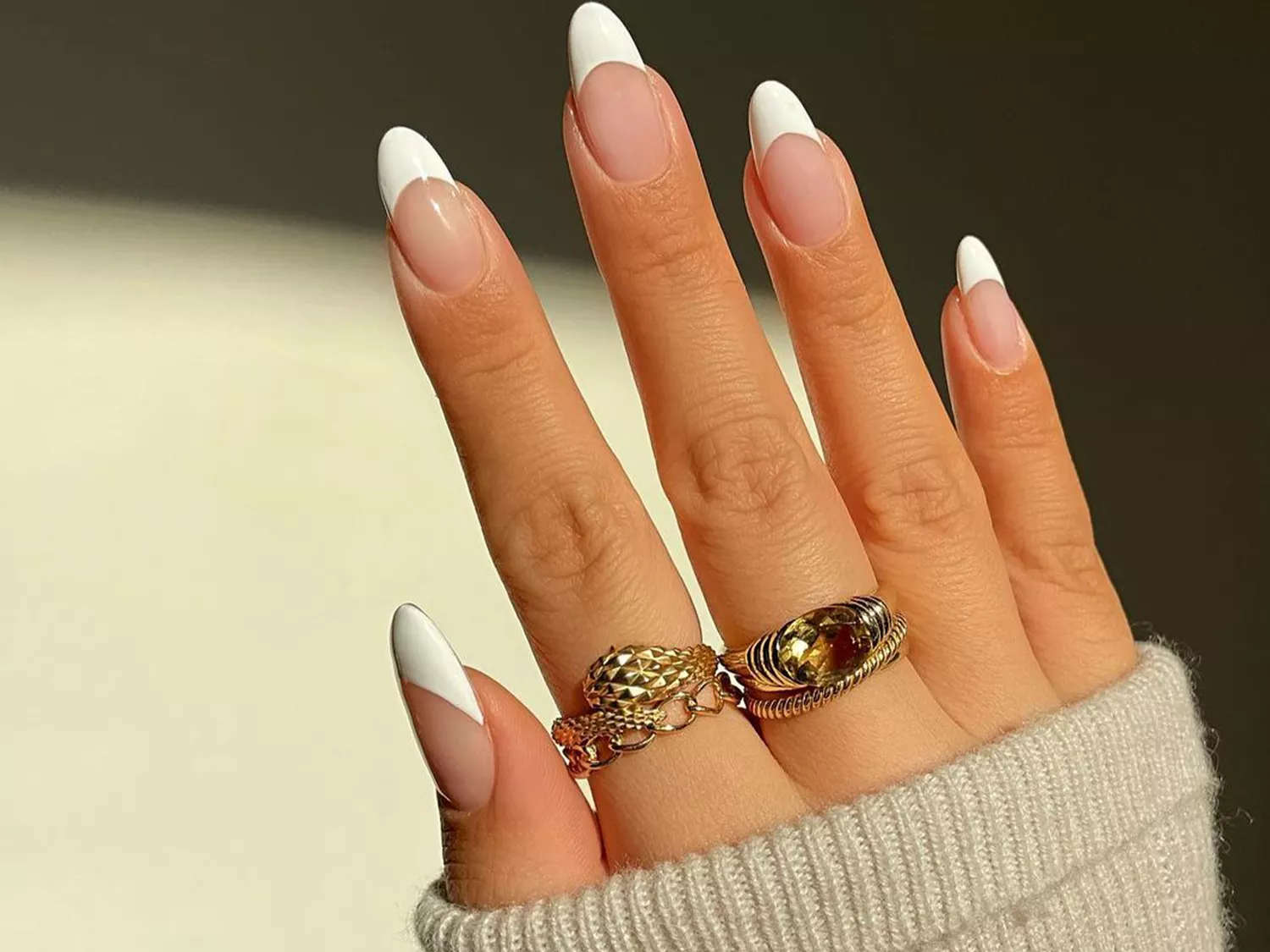
@amyle.nails / Instagram
Acrylic manicures are one of the most popular nail enhancements to exist. While these nail extensions have many benefits—they last for weeks and make it easier to achieve creative nail designs—there are also some downsides. One of which is the potential for discoloring. If youve ever looked down at your new set only to wonder why your acrylic nails are turning brown or yellow, youre not alone. Ahead, with help from a few industry pros, we outline why you may be experiencing acrylic nail discoloration. Keep reading to learn more.
Meet the Expert
Julie Kandalec is celebrity manicurist and educator.
of 09
Low Quality Products
According to manicurist and Nailing Hollywood CEO Mazz Hanna, low-quality acrylic products are more prone to discoloration than high-quality acrylic products (which are stronger and made to last longer). If you’re dying to DIY your acrylic nails, consider brands like Kiara Sky and Morovan, which both have thousands of glowing reviews.
of 09
Expired Products or Mixing Brands
We all know how important it is to check the expiration dates of food. Well, the same is true of nail care products. "If the nail tech uses products past their expiration dates or mixes one brands powder and another brands liquid, it could react and turn yellow," celebrity manicurist Julie Kandalec says.
of 09
Poorly Applied Acrylic
Even if non-expired acrylic is used, it could result in yellowing if its misapplied. According to Kandalec, if the acrylic itself is not sealed correctly, either by being smoothed, filed, or sealed with a top coat, it can pick up pigments of anything it comes in contact with, which can cause discoloration.
of 09
Contaminated Tools
By now, you know how important it is to only go to salons that use sanitized products and tools. Its the key to avoiding unsightly and uncomfortable nail bed infections. Its also paramount in preventing acrylic discoloration.
"If the artist uses a monomer that has been contaminated (dust, oils, or is just old), it will be yellow," Kandalec says. "The nail tech should pour a new monomer each time—so ask them to pour a new monomer for you in the little dish for your service."
of 09
Chips and Lifting
While acrylic is now available in colors, people often opt for clear or neutral hues and overlay it with gel polish. That said, if you have polish on your acrylics and it starts to crack, it can eventually lead to yellowing.
"If you have polish on your acrylics and it chips or lifts, the chip becomes an opening for dirt and debris to build up on top of your acrylic," Hanna says. "The best way to prevent chips is to ensure that your topcoat is fully sealed around the whole nail, protect your nails with cuticle oil after your service, and wear gloves whenever possible." Additionally, she says to never use your nails as tools (to open packages, food seals, or whatever else) to prevent chipping.
of 09
Sunlight or UV Exposure
According to Hanna, sunlight and UV exposure can cause a chemical reaction within acrylic. "It breaks down certain molecules in the acrylic," she explains. "You can prevent this by staying out of the sun as much as possible." That said, she points out that higher-quality acrylic products are more resistant to UV discoloration.
Kandalec says the type of top coat you use can also help prevent discoloration. "Ask for a no-cleanse or non-wipe top coat next time," she says. "They are non-porous gel top coats, which prevent products from changing color."
of 09
Staining
Believe it or not, its possible to stain your nails. "Staining can come from various things in your daily routine—makeup, cooking, gardening, etc.," Hanna says. "Anything that can stain your clothes can also stain your nails." Because of this, she recommends wearing gloves when working with highly-staining products.
of 09
Cleaning Products
Cleaning products can cause acrylic to change color, too. "Bleach and cleaning products can strip the top coat or get to the acrylic from under the free edge or corners and discolor it," Kandalec says. "Be sure to wear gloves when cleaning or using corrosive products."
of 09
An Infection
When nails begin to chip, water can seep in. This can lead to an infection. "If the enhancement starts to lift and a bacterial infection starts to form (not to be confused with fungus—thats very rare on hands), it will turn yellow first, then green," Kandalec says. "If that happens, remove the enhancement, cleanse with 90 to 99% isopropyl alcohol, and give it time to receive oxygen."